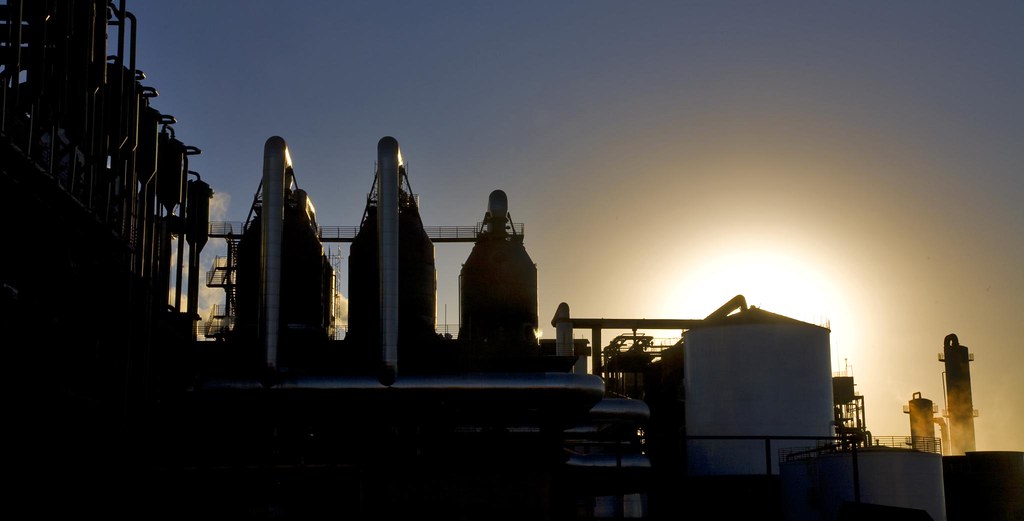The global cellulosic ethanol market is expected to grow from $625 million in 2020 and to reach $6,813 million by 2028, growing at a CAGR of 34.8% during the forecast period 2021-2028, a report by Fior Markets said.
In the cellulosic ethanol market, the driving factor for the growth of the industry is mainly the growing demand for biofuels due to their environmental benefits and commercialisation of cellulosic biofuels.
Growing concerns about food security and concerns about energy and environmental security are expected to create significant growth opportunities for sellers in the cellulosic ethanol market.
Fior Markets, a futuristic market intelligence company, in its report said Cellulosic ethanol is a biofuel produced from agricultural waste, including corn residues, wheat straw and other parts of plants, wood and inedible weeds.
Panicum virgatum and tree chips are by-products used in the production of ethanol. Other sources of ethanol production are corn, sugar cane, switchgrass and mantos. Cellulosic ethanol is a potential alternative to grain-based gasoline and ethanol in the car. The high rate of production from these sources drives the demand for the product.
The transportation industry heavily depends on fossil fuels, hence becomes one of the driving factors of the market. The growth of the cellulosic ethanol market also supports the development of rural economies and generates employment. Also, in some parts of the country, the government has provided support for an advanced biofuels plant to produce fuel for aviation and military applications.
The key players covered in the cellulosic ethanol market report are Abengoa Bioenergy, DuPont Industrial Biosciences, Beta Renewables, Mascoma, Novozymes, POET-DSM, British Petroleum, Inbicon GranBio, and INEOS Bio.
GranBio built a cellulosic ethanol display facility in Brazil with a production capacity of 21.6 million gallons per year (MGY).This can be predicted that the Covid-19 will be under control in key countries like the United States, Western Europe, East Asia by the end of Q2 (June) and will resume normal production in Q3 and Q4.
The Energy Corps segment is expected to show the highest share over the forecast period
The feedstocks segment consists of agricultural residues, forest residues, energy crops and municipal solid waste. The energy crop segment is expected to show the highest share during the forecast period. Energy crops are non-food crops used to produce cellulosic ethanol and other biofuels.
The transportation segment is expected to show the highest share over the forecast period
The applications segment consists of transportation, power generation, heating, among others. A mixture of ethanol and low-ratio gasoline can be used efficiently in conventional spark-ignition engines without making any technical changes to the engine.
Geographically, the global cellulosic ethanol market has been divided into North America, Europe, Asia Pacific, Africa, South America, and the Middle East, which also includes regional and country-level analysis of the market.
The North America region is expected to own the highest share in the cellulosic ethanol market over the forecast period. The companies that develop cellulosic ethanol are working closely in integrations with biotechnological companies to reduce the cost of producing ethanol. Moreover, the large investment and the increasing number of factories in the region have accelerated the development of cellulosic ethanol to make it commercially viable on a large scale.





